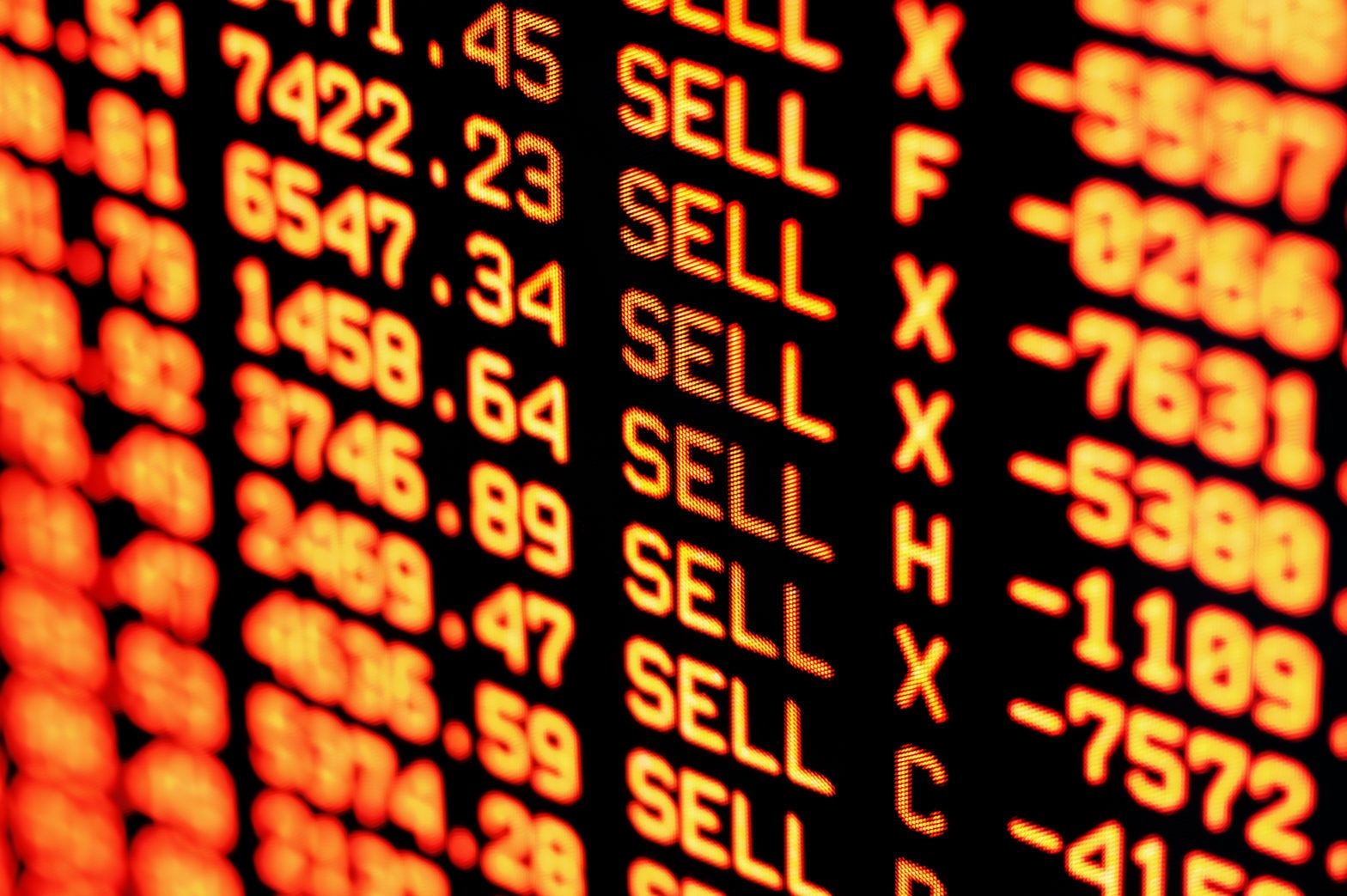Absolute return funds in Europe had the highest outflows out of 20 Morningstar categories in January 2019 at €6.7bn, according to the research house’s data.
The category has experienced five consecutive months (September 2018 to January 2019) of outflows amounting to €35.2bn since the high-profile liquidation of Swiss asset manager Gam’s €9.5bn absolute return fund range in August.
[visualizer id=”8999″]
Source: Morningstar
When the data was broken down further, absolute return funds domiciled in either Ireland or Luxembourg lost €5.2bn in January, and lost €35.8 over the year to January 2019.
Sentiment rapidly falling
According to Last Word Research European fund buyers have continued their dislike for the asset class with 11% looking to decrease their allocations, 22% to increase, 42% to hold, and 25% did not use the asset class.
[visualizer id=”9001″]
Source: Last Word Media
“The direction of travel for absolute return products continues its strong, consistent decline. Having said that, there are still more buyers than sellers,” the research said.
“We can see appetite for specific strategies, but the direction of play is clear – fund buyers are no longer impressed just because something calls itself ‘absolute return’.”
The research also found that French and Swedish fund selectors were the most interested in absolute return funds. Among French selectors 44% were looking to buy the asset class, 11% to sell,33% to hold, and 12% did not use the asset class.
Similarly, 44% of Swedish selectors looked to buy, 38% to hold, and 18% did not use the asset class. No Swedish selector looked to decrease their allocation.
Belgian selectors were the least impressed with absolute return strategies as 9% looked to buy, 27% to decrease, 36% to hold, and 28% did not use the asset class.
Poor performance
Consultinvest multimanager director, Gabriele Montalbetti, said he had reduced his allocation towards the asset class following last year’s disappointing results.
“Despite the funds having a lot of flexibility like long/short funds they had a lot of problems and by the end of 2018 their results were not satisfactory,” Montalbetti said.
“Now I’d rather be in control of my asset allocation as delegating to an absolute return fund has, on average, not paid off.”
Similarly, Atlantico Europa head of capital markets, Bernardo Godinho said he was also looking to decrease his allocation as alternative investments had not performed as well as expected.
“I decreased our allocation was because it was higher than usual, and in this recent drawdown some of our exposures didn’t perform as they should. This was surprising in the long/short market neutral space,” Godinho said.
“But we think that hedge funds and alternatives in general will take some time to adapt to this new environment.
“But I do believe firmly they will have a very good opportunity set going forward within three to five years that they didn’t have for the last five to 10 years. I think it’s an interesting opportunity set for these types of vehicles.”
Godinho noted that Merian Global Equity Absolute Return Fund was one of the biggest negative surprises within the asset class. He said the fund had a large drawdown and had not recovered meaningfully and did not hold up as well as his team thought despite being a market neutral fund with an excellent track record.
However, Portolani head of securities, Tim Peeters said he sold his absolute return funds due to opportunities in equity markets.
“The decrease came together with increases in equity markets. So rather then something being wrong with absolute return funds, I increased the risks in the portfolios somewhat as equity holdings were underweight in my portfolio due to the higher valuations we saw earlier in 2018,” he said.
What to look for in a manager
While Montalbetti said he usually tried to invest in a fund for at least six to 12 months before deciding whether to keep an investment, he liked to find long/short managers that had experience in shorting.
“I’m usually sceptical of long funds moving into long/short sector because shorting is a whole different story. I tend to prefer managers that having shorting expertise,” he said.
“I expect them to provide a lower return in equities and be active in adjusting the net exposure when markets move.”
For Godinho, a positive 12 month performance along with compatible risk metrics are the most important aspects when selecting a fund manager.
“We can accommodate all types of managers as long as they have a good history and manage risk in a consistent way,” he said.
“We’re always look at a manager’s rolling 12 to 24 month performance, volatility, drawdowns, consistency, and risk management.”
Funds with largest outflows
The fund with the biggest loss in January was Invesco Global Targeted Return Z Accumulation fund at €1.3bn, according to Morningstar. Over the year to January 2019 it lost €2.7bn.
The fund’s asset under management by the end of the month was €5.3bn lost 4.6% in terms of performance over the year to 28 February 2019. However, over the five years to 28 February 2019 the fund returned 7.3%.
Commenting, a spokesperson from Invesco said: “The recent fall in assets was primarily due to one redemption from a large institutional client. Their decision was not performance related”.
The fund with the second largest outflows was Gam’s liquidated Gam Star Absolute Return I Accumulation fund at €565m, following its star manager’s Tim Haywood’s suspension and subsequent dismissal for “gross misconduct”.
This was followed by Merian Global Equity Absolute Return I Accumulation fund that had outflows of €382m, Insight Investment FIG Bonds Plus 400 B with outflows of €360m, and Kames Absolute Return Bond B Accumulation with outflows of €277m.
The Merian fund was the best performing fund over the three years to 28 February 2019 at 3.3%. This was followed by the Invesco fund with a loss of 2.6%, the Kames fund at a loss of 5.6%, and the Insight fund at a loss of 9.4%.
Absolute return funds with the largest outflow return three years to 28 February 2019

Source: Morningstar
Three out of five funds with the largest outflows in January were long/short debt funds.
[visualizer id=”8998″]
Source: Morningstar
Funds with the largest inflows
On the other side of the spectrum was DNCA Invest Alpha Bonds I with the highest inflow of €291.2m for the month of January.
This was followed by DWS Concept Kaldemorgen FC at €174.4m, AQR Managed Futures Ucits F at €147.9m, Lyxor/Tiedemann Arbitrage Strategy I at €129.8m, and Eleva Absolute Return Euro S Accumulation at €122m.
Absolute return funds with highest inflows returns
| Fund | Fund flows January 2019 | One year to 28 February 2019 return | Three years to 28 February 2019 return | Five years to 28 February 2019 return |
| DNCA Invest Alpha Bonds I EUR | €291.2m | 1.3% | ||
| DWS Concept Kaldemorgen EUR FC | €174.4m | 2.7% | 16.8% | 24.8% |
| AQR Managed Futures UCITS F GBP | €147.9m | -10.9% | -23% | |
| Lyxor/Tiedemann Arbitrage Strat I USD | €129.8m | 15.15% | 14.2% | 38.1% |
| Eleva Absolute Return Euro S EUR Acc | €122m | 2.5% | 19.9% |
Source: Morningstar
The funds with the highest inflows and outflows were found using Morningstar, that were domiciled in either Luxembourg or Ireland, and were available for sale in at least three continental European country. The performance and flow figures were rebased in euros.







